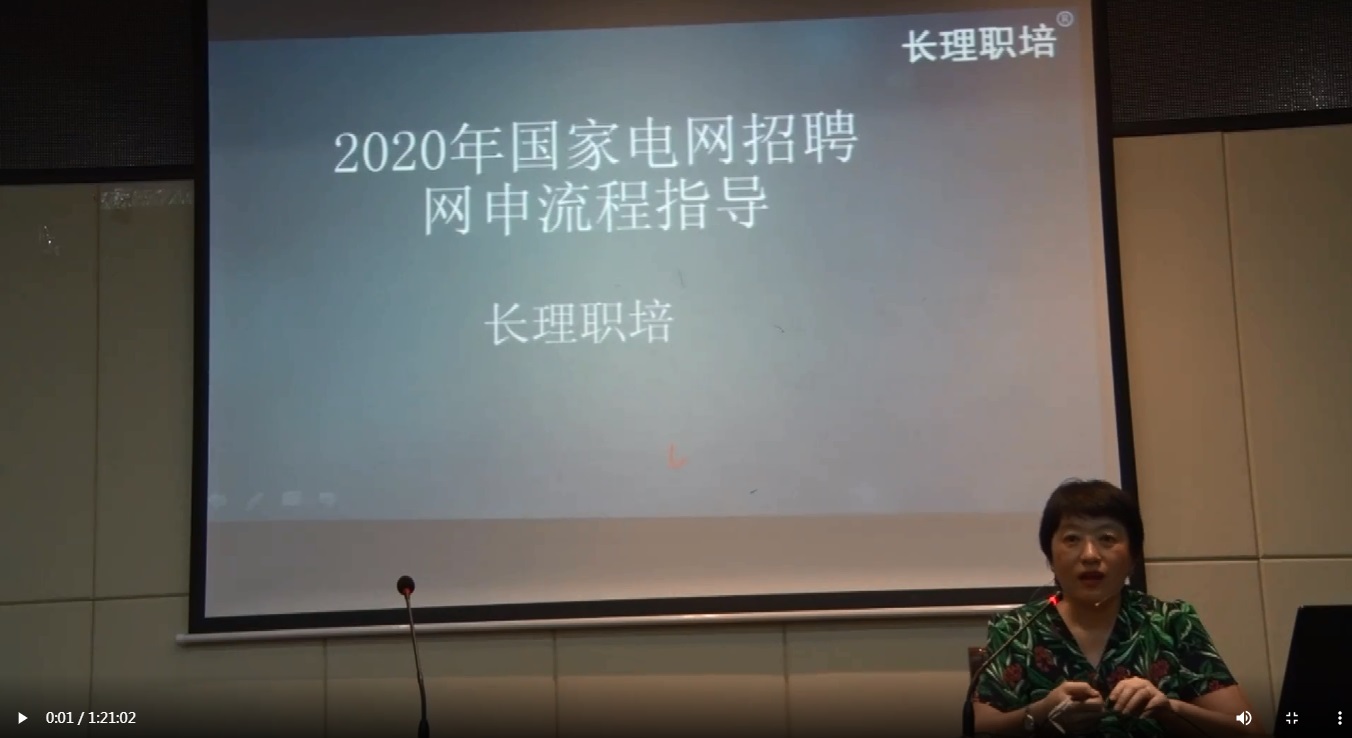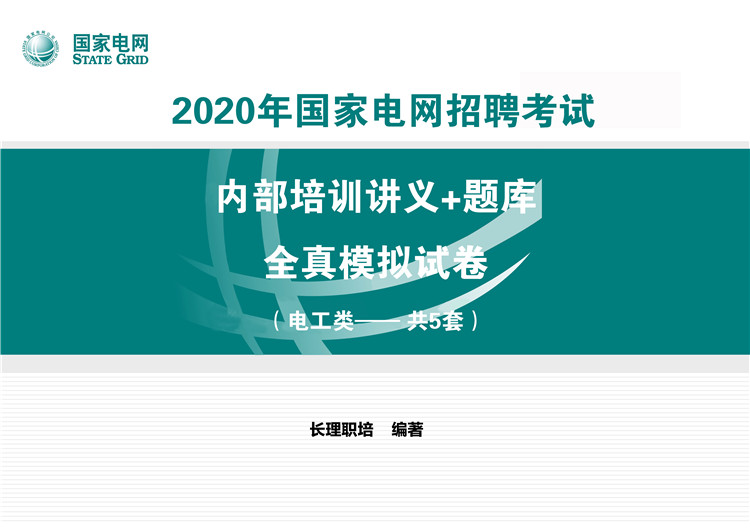Sign has become a scientific hot button. Only in the past 20 years have specialists in language study realized that signed languages are unique—a speech of the hand. They offer a new way to probe how the brain generates and understands language, and throw new light on an old scientific controversy: whether language,complete with grammar, is something that we are born With, or whether it is a learned behavior. The current interest in sign language has roots in the pioneering work of one rebel teacher at Gallaudet University in Washington, D. C., the world’s only liberal arts university for deaf people.
When Bill Stokoe went to Gallaudet to teach English, the school enrolled him in a course in signing. But Stokoe noticed something odd: among themselves, students signed differently from his classroom teacher.
Stokoe had been taught a sort of gestural code, each movement of the hands representing a word in English.At the time, American Sign Language (ASL) was thought to be no more than a form of pidgin English. But Stokoe believed the “hand talk”his students used looked richer. He wondered: Might deaf people actually: have a genuine language? And could that language be unlike any other on Earth? It was 1955, wheneven deaf people dismissed their signing as“substandard”. Stokoe’s idea was academic heresy.
It is 37 years later. Stokoe—now devoting his time to writing and editing books and journals and to producing video materials on ASL and the deaf culture—is having lunch at a cafe near the Gallaudet campus and explaining how he started a revolution. For decades educators fought his idea that signed languages are natural languages like English, French and Japanese. They assumed language must be based on speech, the modulation of sound. But sign language is based on the movement of hands, the modulation of space. “What I said,” Stokoe explains, “is that language is not mouth stuff—it’s brain stuff.”
Choose correct answers to the question:
1. The study of sign language is thought to be ________.
A. a new way to look at the learning of language
B. a challenge to traditional, views on the nature of language
C. an approach: to simplifying the grammatical structure of a language
D. an attempt to clarify misunderstanding about the origin of language
2. The present growing interest in sign language was stimulated by _______.
A. a famous scholar in the study of the human brain
B. a leading specialist in the study of liberal arts
C. an English teacher in a university for the deaf
D. some senior experts in American Sign Language
3. According to Stokoe, sign language is ________.
A. a Substandard language
B. a genuine language
C. an artificial language
D. an international language
4. Most educators objected to Stokoe’s idea because they thought ________.
A. sign language was not extensively used even by deaf people
B. sign language was too artificial to be widely accepted
C. a language should be easy to use and understand
D. a language could only exist in the form of speech sounds
5. Stokoe’s argument is based on his belief that ________.
A. sign language is as efficient as any other language
B. sign language is derived from natural language
C. language is a system of meaningful codes
D. language is a product of the brain
参考答案
1.[B]
2.[C]
3.[B]
4.[D]
5.[D]























点击加载更多评论>>